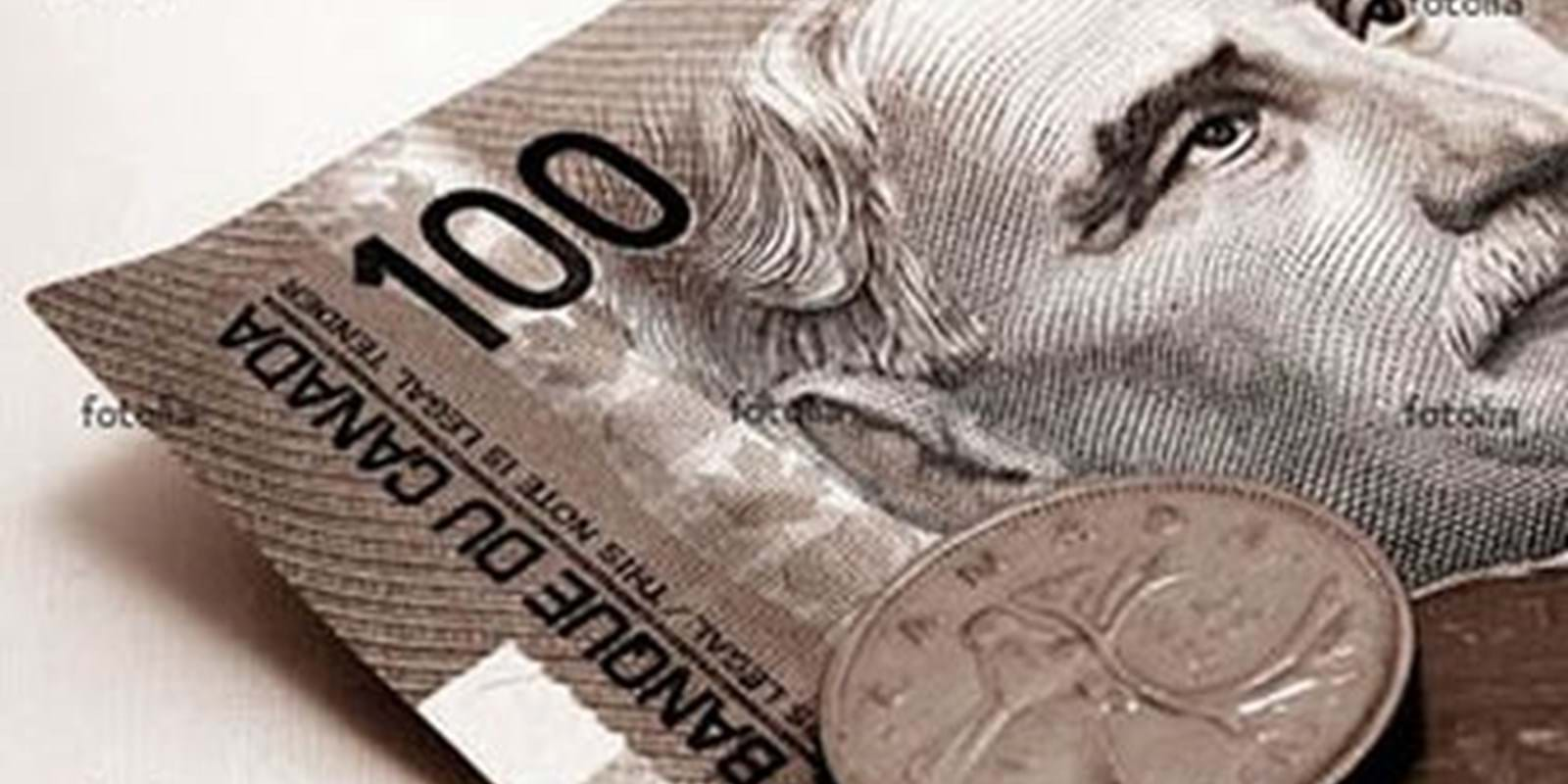Corporate assets, revenues and profits of Canadian-controlled firms all increased at a faster pace than those under foreign control in 2008. As a result, the share of foreign control in the Canadian economy declined in the case of all three measures.
Corporate assets under foreign control increased 5.0% from 2007, less than half the growth rate of 13.7% posted by Canadian-controlled firms. Consequently, foreign-controlled firms accounted for 20.3% of assets in 2008, down from 21.6% the year before.
Asset-based measures provide a longer-term perspective of foreign control. Foreign control is also measured by operating revenues and profits earned by firms operating in Canada that are controlled by non-resident or foreign interests.
Foreign-controlled firms' share of operating revenues decreased from 29.6% in 2007 to 29.0% in 2008, while their proportion of operating profits declined from 26.5% to 24.9%.
In non-financial industries, the share of assets under foreign control was unchanged from 2007 at 27.6%, while the corresponding share of revenues decreased from 30.5% to 29.9%. The share of foreign-controlled profits also declined, from 28.7% to 26.9%.
In the financial and insurance industries, foreign controlled firms accounted for 13.5% of assets in 2008, down from 15.7% in 2007. These firms also held 21.2% of revenues and 19.5% of profits in 2008, both down from their shares of 21.8% and 21.4%, respectively, the year before.
Non-financial industries
For the second consecutive year, foreign-controlled firms accounted for over half of Canada's manufacturing activity. They held 56.4% of all assets, 53.1% of all operating revenues, and 50.2% of operating profits in Canadian manufacturing.
Note to readers
Under the authority of the Minister of Industry, Statistics Canada administers the Corporations Returns Act, which requires the collection of financial and ownership information on corporations conducting business in Canada. This information is used to evaluate the extent of non-resident control of the Canadian corporate economy.
The Corporations Returns Act requires that an annual report be submitted to Parliament summarizing the extent to which foreign control is prevalent in Canada. The document being released today is the report for reference year 2008.
The three components used to measure foreign control are assets, operating revenues and operating profits.
Asset-based measures of foreign control provide a longer term perspective. Assets are a stock item, reflecting economic decisions and market conditions that evolve more slowly over time.
Revenue-based measures, on the other hand, represent a flow item and are closely tied to the business cycle. Revenues tend to reflect current business conditions, causing them to be more volatile than asset-based measures.
Profits are a measure of the financial health and well-being of an economy and can be used to assess its performance and sustainability.
Foreign-controlled assets in manufacturing increased 14.6% in 2008, over twice the 6.4% rate of growth posted by manufacturers under Canadian control. The primary metal and petroleum and coal product industries drove most of the increase in manufacturing assets under foreign control.
At the same time, both operating revenues and profits decreased for foreign-controlled firms. The bulk of the decline in foreign-controlled manufacturing profits came from the export-dependent industries of motor vehicle and parts and wood and paper.
In oil and gas extraction, assets, revenue and profits for foreign-controlled firms all increased at a slower pace than for their domestic-controlled counterparts.
As a result, from 2007 to 2008, the shares of foreign-controlled oil and gas firms declined from 37.9% to 36.7% for assets, 48.3% to 44.7% for revenues, and 45.0% to 42.6% for profits.
Finance and insurance industries
Canadian-controlled assets among firms operating in Canada's financial sector increased 18.0% in 2008, compared with a 1.2% decline in assets for firms under foreign control. As a result, the proportion of assets under foreign control declined from 15.7% in 2007 to 13.5% in 2008.
Revenues and profits for both foreign and Canadian-controlled firms declined in 2008, but the decline was deeper for the foreign-controlled.
Consequently, foreign-controlled firms accounted for 21.2% of revenues and 19.5% of profits in 2008, both down from their shares of 21.8% and 21.4%, respectively, the year before.
Foreign control by country
American-controlled firms continued to dominate the shares of assets, revenues and profits under foreign-control. These firms increased their share of operating profits from 54.3% to 55.7%, mainly from oil and gas profits.
However, the US-controlled share of assets shrank from 55.5% to 53.5%, the result of declines in assets in motor vehicle and parts manufacturing and in wood and paper manufacturing. The US-controlled share of revenues edged down from 58.9% to 58.7%.
Firms under US control lost asset share to firms controlled by the United Kingdom, the Netherlands and Japan, which collectively increased their share from 23.2% to 26.2%.
An increase of 18.3% in United Kingdom-controlled assets was driven by primary metal manufacturing. Assets under Dutch control rose 23.8% as a result of increases in petroleum and coal product manufacturing. A 10.9% increase in Japan-controlled assets was driven by the non-depository credit intermediation industry.

